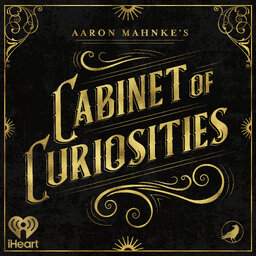Backfire
When events are out of our control, all we can do is just make the best of it. The folks in our stories today did exactly that after life threw them some bizarre and unusual curveballs.
Learn more about your ad-choices at https://www.iheartpodcastnetwork.com
 Aaron Mahnke's Cabinet of Curiosities
Aaron Mahnke's Cabinet of Curiosities


